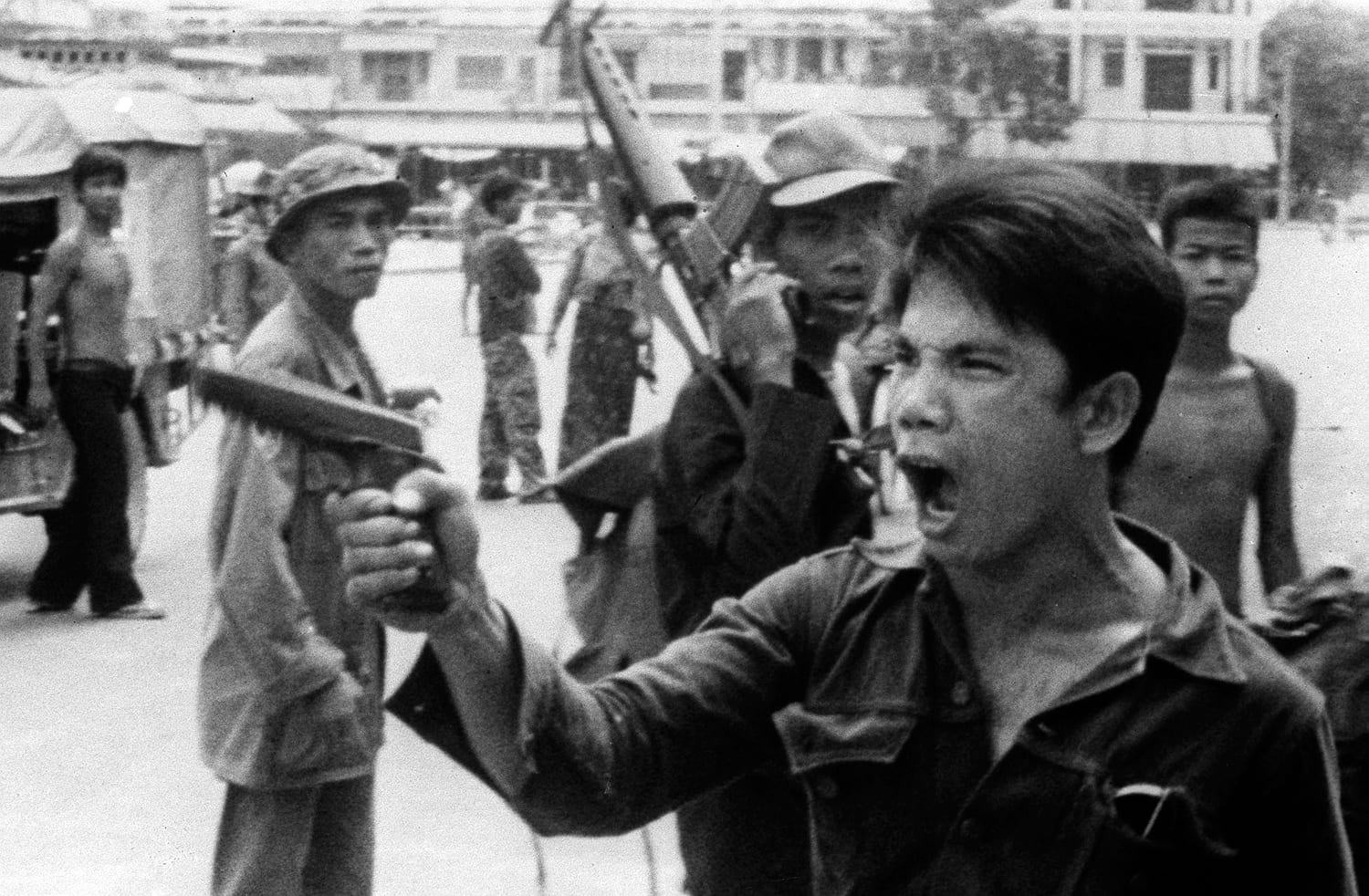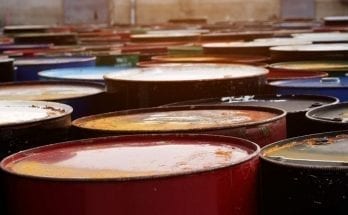What is Khmer Rouge?
Khmer Rouge was a notable group of people that was originally based out of Cambodia. The group consisted of people who followed the Communist Party of Kampuchea in the 1970s. The regime was very strong but was noted predominantly for its violence in that the regime was responsible for the deaths of nearly two million people from executions, forced labor and starvation – one of the most vicious and violent periods of history throughout all of Asia. The regime was also noted for featuring a number of notable figures, predominantly Pol Pot, who worked to get the entire movement going. All of these figures worked together and came from varying backgrounds but would also be taken out during the entire process as well. All of these figures worked together to create this regime and were all involved in a series of tribunals that were arranged by a number of judges from all over the world. Khmer Rouge was created in the 1960s by Pol Pot in the jungles of Cambodia.
Khmer Rouge Definition
The name is French for “Red Khmer” and was named by Norodom Sihanouk, the former King and Prime Minister of Cambodia. The group was devoted to the creation of a radical Communist regime. This regime was formed as a means of working to destroy all influences on Cambodia by the Western world.
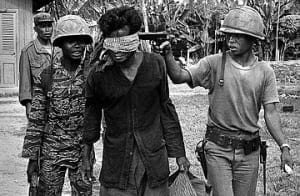
Pol Pot Facts
An agrarian society was the target of Khmer Rouge. Pol Pot, the founder of the organization, was born as Salot Sar in 1925. He grew up in the northern Cambodian province of Kompong Thong. He moved to Phnom Penh, the capitol of Cambodia, in 1931 and in 1946 joined the Communist Party to help get rid of the French in the area. He joined the French Communist Party in 1952 but soon failed an examination. He came back to Cambodia a year later and joined the Kampuchean People’s Revolutionary Party in the same year. He soon began working as a teacher in a private school and also got married. The 1960s were a time when Pol Pot began to set up the foundation of Khmer Rouge. In 1960 restructured the KPRP and the group was renamed the Workers’ Party of Kampuchea. He became the main commander of the WPK in 1963. It would again become the Kampuchean Communist Party in 1966 after he visited China.He would refuge to the northeastern part of Cambodia in 1967 and created a revolutionary army a year later.
A massive insurgency campaign from Khmer Rouge was created in 1970. The group was assisted by troops from the Viet Cong and from North Vietnam. The guerrillas in Khmer Rouge worked in a massive campaign to take over Cambodia and oust government officials. The start of the campaign was very effective and was able to get control of about a third of Cambodia.The United States became involved in this insurgency in 1973 by secretly bombing various areas of Cambodia that had been controlled by Vietnamese Communists. This was used to force Vietnam out of Cambodia. However, this ended up creating an open space for Pol Pot to use to control this newly freed up space in the country. The pro-American regime in Cambodia would soon be taken over in 1975. This was when the Khmer Rouge took over the Cambodian capitol of Phnom Penh. At this point the organization created a new government in the Kampuchean People’s Republic. Pol Pot became the Prime Minister of the KPR and also became the head of state.
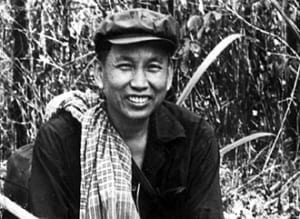
Much of the success that Khmer Rouge had in taking over this area was immortalized in the national anthem of the Kampuchean People’s Republic. For example, the national anthem, which was translated to English as the “Glorious Seventeenth of April” states “On the 17th of April, under the revolutionary banner, Their blood freed us from the state of slavery.” The anthem states about how the land was conquered by the people devoted to the cause and that “The blood of our good workers and farmers and of our revolutionary combatants, of both men and women” was spilled in order to ensure that the land and water would be taken in for full control. The anthem also stated that Khmer Rouge would “Construct a Kampuchea with a new and better society, democratic, egalitarian and just. We follow the road to a firmly-based independence.”
Interesting Facts About Cambodia
The anthem also stated that the people of the land would defend “Our fine territory” from all invaders that would dare to come into it.The ending of the anthem says that the country would work to “Make our motherland prosperous beyond all others.” The goal was the make sure that the land would be “A splendid, democratic land of plenty.” A new flag was also established for the rule of the Khmer Rouge. The flag was predominantly red in color and features a yellow emblem on it. This was the flag that flew over all of the official buildings around the area while the group was in control of everything in the area. The goal that Pol Pot had in mind for ruling this new country was to create the most idealistic place in the world that would be free from Western influences. As a result of this all of the old features of Cambodia were purged. Pol Pot forced all cities to be evacuated and to get all schools and factories closed down. All private properties and currencies were removed as a means of ensuring that all former traces of Cambodia would be removed and that the area could start all new. The main task was to see that nothing that could influence the area from the outside would be allowed into the area. Also, people who were deemed to be intellectuals who might be influenced by other countries, including people who were able to speak secondary languages, were executed. People who held any pieces of technology and anyone who was a skilled worker were also executed. Even people who had wristwatches or eyeglasses were executed due to how they were believed to be unique materials that would give certain people advantages for what they were doing in their daily lives. A number of people tried to escape Kampuchea but many of them were forced into forced marches with many people dying during these marches. Also, many people who did not escape were forced to work on rural collective farms in the area. It is estimated that between 1975 and 1978 about two million people died. These people were killed due to executions, dying from exhaustion from forced labor or dying from malnutrition and famine.In 1977 Pol Pot visited China. He left to the area in order to ask for assistance against Vietnamese troops. As a result of the hostilities that were being created Vietnamese troops invaded Kampuchea in 1978. In the early part of 1979 they successfully captured Phnom Penh. After this happened a more moderate type of Communist government was created to where Cambodia would be formed back up again. The Khmer Rouge and Pol Pot were forced back into the jungles after this happened. When Pol Pot was forced out he fled to Thailand by helicopter. Although Pol Pot continued to be the head of the Khmer Rouge he ended up retiring from duties in 1985. He would continue to be interpreted as the ruler as the organization continued working on guerrilla attacks against Cambodian government officials. In 1997 Pol Pot was put on trail by Khmer Rouge after he was removed from his leadership position due to internal squabbling. He was tried and was sentenced to prison for life in a trial that many people criticized for being too slow. However, Pol Pot defended himself by saying that his conscience was “clear.” A number of other people faced tribunals during the trial of Khmer Rouge. Ieng Sary, a foreign minister from 1976 to 1978, controlled a large western grouping of timber and gems. He joined the People’s Revolutionary Party in 1975 and became a member of the central committee not long after entering. He also became the Deputy Prime Minister while with the Khmer Rouge. He defected from Khmer Rouge in 1996. The death sentence that King Norodom Sihanouk placed on Sary was cancelled out and Sary was pardoned for his work.Nuon Chea, who was known as Brother Number Two, also faced a tribunal. He was the chief lieutenant for Pol Pot. He had been a member of the Indochinese Communist Party in 1951 and would become the general deputy secretary of the Communist Party after a period of time. During his work as a member of Khmer Rouge he had become the most trusted lieutenant to Pol Pot and had a great deal of power over various controls of the movement. Chea entered a surrender pact with Prime Minister Hun Sen in 1998 in order to avoid prosecution. He has since retired to a home in the area with his wife. Chea was the last remaining member of Khmer Rouge at the time that he surrendered.Khieu Samphan, who was an economist who was taught in Paris and was also a brother in law of Pol Pot and Ieng Sary, was also on a tribunal. He was elected to the National Assembly for Cambodia from 1962 to 1966 and was soon flee to join the Communist movement in 1967. He became the chairman of the state presidium in Cambodia in 1976. He led a rebel government after being the head of state from 1976 to 1979 and would even have a major talk with Sihanouk in the North Korean capitol of Pyongyang in 1981.He became the new leader of Khmer Rouge in 1985 after Pol Pot stepped down from this position. Also, he represented the Khmer Rouge from 1987 to 1991 and did so for the 1991 Paris Peace Accords. In 1998 he surrendered to the Cambodian government.Chhit Choeun was also in a tribunal. This man, who was also known as Ta Mok, was a one-legged army chief in the organization and was referred to as the “Butcher.” He received this name after killing thirty thousand people in the massacre at Angkor Chey.He lost a part of his leg when he was young. He was educated in 1930 at the age of four as a Buddhist monk in Pali. When he turned sixteen he left monkhood and in 1940 he joined a group of resistant against the Japanese and French. He would join the anti-French group Khmer Issarak in 1964. He would soon end up becoming the leader of the DKR’s national army. He was arrested in 1999 despite making a number of different deals with businessmen in Thailand. He was been awaiting a trial ever since this event happened.Kang Khek Leu has also been awaiting a trial since 1999. He was also known as Duch and had taught math prior to becoming the leader of an interrogation center in Phnom Penh. One of the activities that he did while running this center was to order seventeen children to be executed because they failed to turn their parents in to proper authorities.A substantial number of different judges worked during the hearings in the trial of Khmer Rouge. Three of these judges were based out of Cambodia. Nil Nonn was the first judge. He had been the leader of the provincial court of Battambang since 1993. He dealt with the aftermath of all rehabilitation involving the guerrillas that served for Pol Pot after they surrendered for the final time in 1998. Thou Mony also served as a judge. He was on the Phnom Penh Appeal Court since 1991 and worked in a case involving sentencing three Khmer Rouge commanders to jail sentences of twenty years after a 1994 murder of three European tourists.Ya Sokhan, a court judge in Phnom Penh, was the third judge.
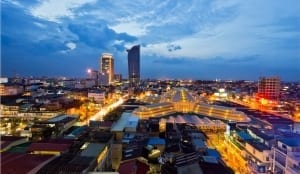
In 2004 he convicted Hambali, a notable al Qaeda associate, for a plot to blow up American and British embassies in the area.The fourth judge was Silvia Cartwright of New Zealand. She was appointed as the Governor-General of New Zealand in 2001. She has been noted for supporting women’s rights and has been a lawyer and jurist for years before taking in her current position.The last of the judges was Jean-Marc Lavergne of France. He was the vice president of the Criminal Court in Le Mans. He was also an adviser for the Appeal Court in Rennes. People were asking for some of Pol Pot’s captors to put him into a new trial and extradite him. However, Pol Pot was never able to get to jail because he had died in 1998 while he was under house arrest.Twenty-four other people were involved in the trial. These included judges in the Supreme Court Chamber as well as co-investigating judges, co-prosecutors and pre-trial chamber members. A majority of people in the case were from the area but there were also people from the United States, Japan, Poland, Canada, Australia, the Netherlands and Sri Lanka among other places.The international variance of all of the judges was used to ensure that a fair trial could be given out but it would have been very difficult for this to happen. This is due to how the cases that had been made against the members of Khmer Rouge had been very negative and would end up creating a major impact on the ability of these people to work with proper defenses at the time that the tribunals had been going on. During the entire time that the Khmer Rouge ran the country it was referred to under a number of different names. The most common name that people use for it is the Khmer Rouge name that Shianouk used for it. A series of other unofficial names were also used to refer to the regime by a number of different people who had observed and read of it at the time.The regime has been referred to by some as the Pol Pot Regime and the Genocide Regime. It was also referred to as the Killing Fields due to how the regime ended up massacring a number of people during its reign and its transition to power. Other names that the regime was referred to included the Cambodian Communists, the Communist Party of Cambodia, the Red Khmer, the Cambodian Genocide, Khmer Krah-Ham and Angkar.
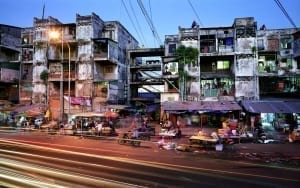
Photo: Martin Roemers
The main thing that can be seen about Khmer Rouge is that it was one of the most violent and deadliest regimes in the history of the world. This is due to how millions of people had been killed during the rule of the Khmer Rouge. Today the remnants of Khmer Rouge are inactive and the control that the company once had has been killed off, thus ensuring that genocide like this can never happen in Cambodia again.
TIL Killing Fields, a movie about the Cambodian Genocide, starred Haing Ngor, an actual genocide survivor. Co-star John Malkovich defended Ngor’s lack of prior acting experience, saying he had to be a pretty good actor to survive the Khmer Rouge. Ngor went on to win an Oscar for his performance. from todayilearned
https://www.reddit.com/r/ChapoTrapHouse/comments/9xlji3/last_surviving_khmer_rouge_leaders_found_guilty/
Nature Facts: https://www.interestingfacts.org/category/nature-facts
World Facts: https://www.interestingfacts.org/category/world-facts
Science Facts: https://www.interestingfacts.org/category/science-facts
Definitions: https://www.interestingfacts.org/category/definition
Planets: https://www.interestingfacts.org/category/facts-about-planets
Nutrition Facts: https://www.interestingfacts.org/category/nutrition-facts
Quotes: https://www.interestingfacts.org/category/quotes
Things To Do: https://www.seatsforeveryone.com/blog
Sitemap: https://www.interestingfacts.org/sitemap.xml
